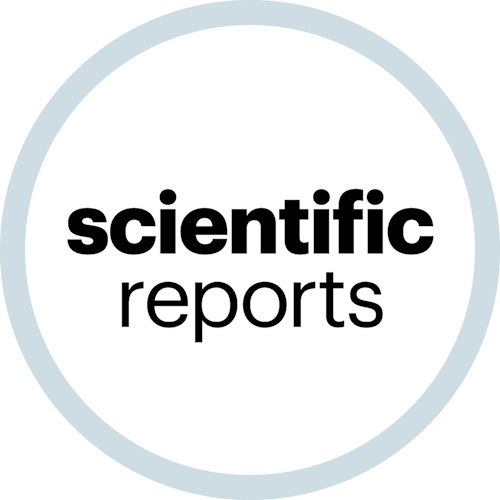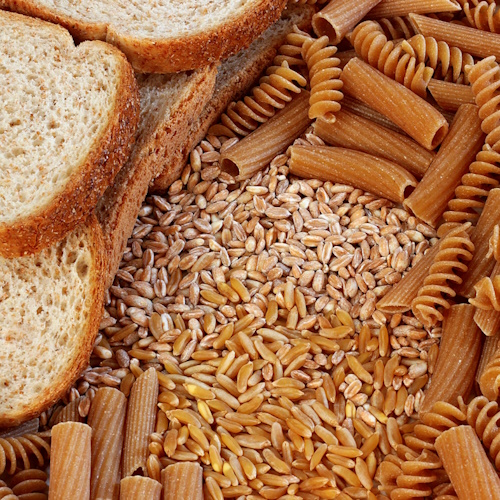Our daily diet holds the key to a healthier, longer life. Among the many bioactive compounds found in food, anthocyanidins—a class of polyphenols abundant in colorful fruits and vegetables—stand out. Known for their antioxidant and anti-inflammatory properties, these compounds have been studied for their role in combating chronic diseases.
A recent prospective cohort study explored how dietary anthocyanidin intake correlates with all-cause mortality and cardiovascular disease (CVD) mortality in U.S. adults. The findings revealed that consuming anthocyanidin-rich foods could significantly lower the risk of premature death, offering a compelling reason to reassess our eating habits.
What Are Anthocyanidins?
Anthocyanidins are naturally occurring pigments responsible for the vibrant red, purple, and blue hues in berries, cherries, and other pigmented plants. They belong to a broader class of compounds called flavonoids and include six main subtypes: cyanidin, delphinidin, pelargonidin, petunidin, malvidin, and peonidin.
Health Benefits of Anthocyanidins
Studies have linked anthocyanidins to numerous health benefits:
- Anti-aging: These compounds combat oxidative stress, a major contributor to cellular aging.
- Anti-inflammatory properties: They help reduce inflammation, a root cause of chronic diseases.
- Cardiovascular protection: By improving vascular function and reducing oxidative damage, anthocyanidins enhance heart health.
- Cancer prevention: Certain studies suggest that anthocyanidins may inhibit tumor growth.
- Neurological support: Anthocyanidins protect brain cells, potentially delaying neurodegenerative diseases.
Study Background
The study analyzed data from the National Health and Nutrition Examination Survey (NHANES), spanning 2007–2010 and 2017–2018. This large, representative dataset provides valuable insights into the health and dietary habits of U.S. adults. Researchers followed 11,959 participants over an average of 8 years, tracking dietary anthocyanidin intake and mortality outcomes.
Study Objectives
Investigate the relationship between anthocyanidin consumption and all-cause mortality.
Examine its impact on deaths specifically related to cardiovascular disease.
Analyze demographic and lifestyle factors influencing these outcomes.
Key Findings
Reduced All-Cause Mortality
Participants with the highest anthocyanidin intake (top quartile) showed a 32% lower risk of all-cause mortality compared to those in the lowest quartile. The dose-response analysis highlighted a consistent decrease in mortality rates as anthocyanidin consumption increased.
Cardiovascular Benefits
High anthocyanidin intake also correlated with a 39% reduction in cardiovascular mortality. This significant finding underscores the role of these compounds in protecting heart health.
Subgroup Insights
- Gender: Males benefited more from higher anthocyanidin consumption compared to females.
- Ethnicity: White participants showed stronger protective effects than other racial groups.
- Lifestyle factors: Benefits were observed irrespective of smoking status, hypertension, or hyperlipidemia.
How Anthocyanidins Work
Anthocyanidins exhibit powerful antioxidant properties, neutralizing harmful reactive oxygen species (ROS) that damage cells. They also enhance the production of nitric oxide (NO), which relaxes blood vessels and improves circulation.
Mechanisms in Cardiovascular Health
- Anti-inflammatory effects: Anthocyanidins reduce inflammation in blood vessels, lowering the risk of plaque buildup.
- Nitric oxide production: By stimulating endothelial nitric oxide synthase (eNOS), anthocyanidins improve vascular function.
- Oxidative stress reduction: They activate protective pathways like the Nrf2-ARE system, bolstering cellular defenses.
Importance of Dietary Habits
Incorporating Anthocyanidins into Your Diet
Anthocyanidin-rich foods include:
- Berries: Blueberries, blackberries, raspberries, and strawberries.
- Cherries: Particularly tart cherries.
- Purple vegetables: Eggplants, purple cabbage, and purple sweet potatoes.
These foods not only enhance longevity but also contribute to a balanced diet rich in essential nutrients.
Population Health Impact
As chronic diseases like diabetes and cardiovascular disorders rise, dietary changes can serve as a preventive measure. Encouraging the consumption of anthocyanidin-rich foods may reduce healthcare burdens and improve quality of life.
Strengths of the study
- Large Sample Size: Nearly 12,000 participants ensured robust statistical power.
- Long Follow-Up Period: Eight years of data provided insights into long-term health outcomes.
- Comprehensive Analysis: The study adjusted for various confounding factors, including age, BMI, and lifestyle.
Limitations
Observational Nature: The study could not establish causality.
- Dietary Recall Bias: Participants’ self-reported data may not fully capture actual anthocyanidin intake.
- Ethnic Variation: Results may not apply universally across all racial and ethnic groups.
Key Takeaways
- Higher anthocyanidin intake correlates with lower all-cause and cardiovascular mortality rates.
- Including colorful fruits and vegetables in your diet offers substantial health benefits.
- Anthocyanidins provide a natural, accessible way to enhance longevity and heart health.
Practical Advice
Incorporate anthocyanidin-rich foods into your meals:
- Add berries to your breakfast.
- Snack on cherries or dark grapes.
- Include purple vegetables in your salads.
This study highlights the importance of dietary choices in shaping health outcomes. While more research is needed to explore the underlying mechanisms, the evidence strongly supports the inclusion of anthocyanidin-rich foods in daily diets. Whether you're aiming to reduce disease risk or simply improve your well-being, these vibrant, nutrient-dense foods are a great place to start.
The study is published in the journal Scientific Reports. It was led by researchers from Affiliated Hospital of Guangdong Medical University.






